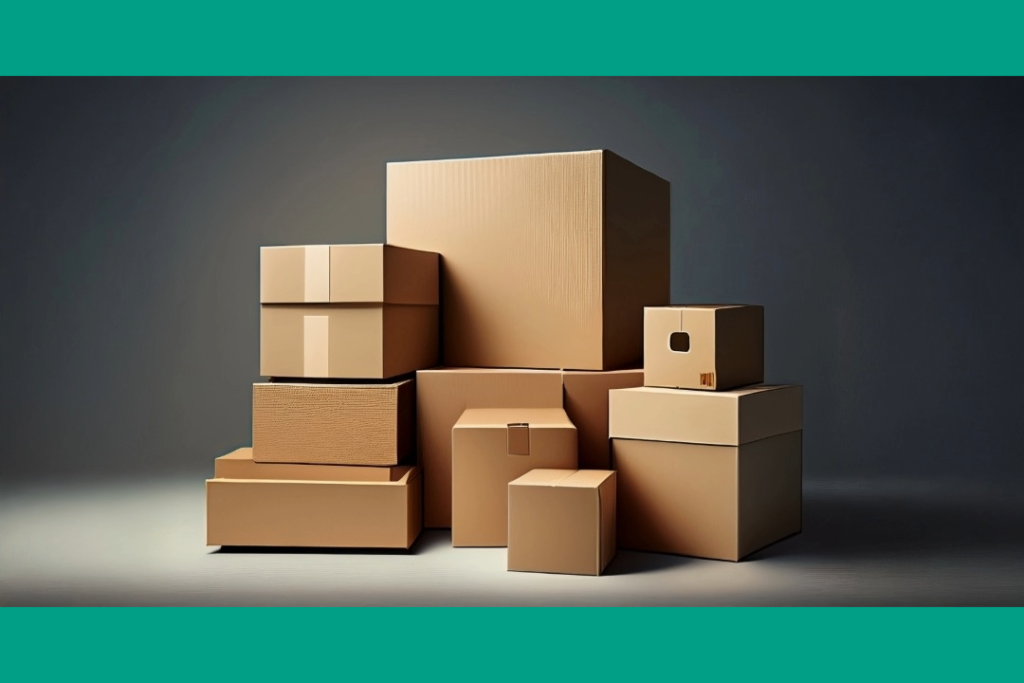
Details on Corrugate Substrates
Table 1: Outline of the Article
| H Tags | Content |
| H1 | Details on Corrugate Substrates |
| H2 | Introduction to Corrugate Substrates |
| H2 | Different Types of Corrugate Substrates |
| H3 | Single-faced Corrugate |
| H3 | Double-walled Corrugate |
| H3 | Triple-walled Corrugate |
| H2 | Benefits of Using Corrugate Substrates |
| H3 | Durability and Protection |
| H3 | Cost-effectiveness |
| H3 | Flexibility in Design |
| H2 | Selecting the Right Corrugate for Your Project |
| H3 | Understanding Your Project’s Needs |
| H3 | Weight and Strength Considerations |
| H3 | Aesthetic Considerations |
| H2 | Common Mistakes to Avoid |
| H2 | Conclusion |
| H4 | FAQs |
Table 2: Article Content
Details on Corrugate Substrates
Introduction to Corrugate Substrates
Ever walked into a shipping store or worked on a DIY project and felt overwhelmed by the variety of corrugated materials available? What makes them different and how do you decide what’s right for your specific needs? Let’s dive into the world of corrugate substrates to unravel this mystery.
Different Types of Corrugate Substrates
Single-faced Corrugate
This is the most basic form, consisting of one smooth side and another fluted side. It’s primarily used for wrapping and internal packaging. Think of it as the lightweight jacket you wear on a slightly chilly evening.
Double-walled Corrugate
It consists of three sheets of linerboard with two mediums (or flutes) in between. It offers more strength and is used for heavier products or items that require a bit more protection. Imagine this as the winter coat that shields you from harsh cold.
Triple-walled Corrugate
This is the heavyweight champion in the corrugate family. With three mediums and four linerboards, it’s meant for heavy-duty tasks. If the double-walled was a winter coat, this would be the armored suit.
Benefits of Using Corrugate Substrates
Durability and Protection
Corrugate substrates are known for their resilience. They protect contents from external damage and can withstand various pressures. Remember the time you tried stacking boxes? Corrugate was probably the hero holding everything together!
Cost-effectiveness
In the world of packaging and projects, staying within budget without compromising quality can be challenging. Corrugate substrates offer an economical solution. Isn’t it great when you find quality at an affordable price?
Flexibility in Design
Whether you want to paint, print, or customize, corrugate substrates can bear it all. Can you recall the last customized package you received? The flexibility of corrugate played a part!
Selecting the Right Corrugate for Your Project
Understanding Your Project’s Needs
First, identify the purpose. Is it for packaging, crafting, or insulation? The purpose will dictate the type of corrugate you need.
Weight and Strength Considerations
Consider the weight of the items. Will they be stationary, or will there be movement? Different projects demand different strength levels.
Aesthetic Considerations
Functionality is crucial, but what about appearance? For projects where aesthetics matter, select corrugate substrates that complement your design needs.
Common Mistakes to Avoid
One common error is choosing based solely on cost. While cost-effectiveness is essential, ensure you’re not compromising the substrate’s functionality or your project’s needs. Another mistake is overlooking the project’s long-term needs. Always plan ahead!
Conclusion
Corrugate substrates are more than just brown boxes. They offer versatility, durability, and cost-effectiveness. By understanding the varieties and their attributes, you can confidently select the right corrugate for your project. So, next time you’re faced with a choice, will you feel more empowered?
FAQs
- What’s the difference between flute and linerboard in corrugate substrates?
- Flute is the wavy layer between linerboards, providing rigidity and protection.
- Can I use any corrugate for my crafting project?
- It depends on the project’s requirements. Lighter crafts can use single-faced, while larger installations might require double or triple-walled.
- How do I decide between double-walled and triple-walled corrugate?
- Consider the weight and durability needs. Triple-walled offers more strength but may be overkill for some projects.
- Is corrugate substrate recyclable?
- Yes, most corrugated materials are recyclable and environmentally friendly.
- Can I print on corrugate substrates?
- Absolutely! They offer a versatile surface for both printing and painting.
